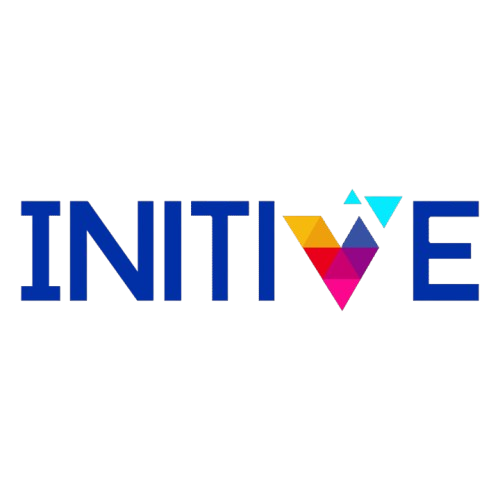In this blog post we will discover the GenAI impacts Strengths & Weaknesses, Opportunities and Threats in a Business strategy.
Generative AI (GenAI) has experienced significant growth, with a 62.7% increase in AI-related grants in 2022, highlighting its transformative impact on business operations. While AI has been around for some time, its applications are now expanding into areas like data structuring, prediction, and decision-making. For CEOs and business leaders, recognizing and leveraging GenAI’s potential has become a strategic necessity.
A recent KPMG study revealed that 63% of companies that adopted GenAI reported improvements in productivity and profitability, driven by digitization and process automation. Yet, for organizations to succeed with GenAI, building a solid foundation of digital skills is crucial. This involves not just C-level commitment but also addressing the ethical challenges that come with AI, such as privacy concerns, data management, and ensuring transparency. Successful companies will be those that master the delicate balance between human capabilities and AI-driven automation, leveraging AI to complement human creativity, empathy, and decision making.
To gain a clearer understanding of how businesses can leverage GenAI, it’s helpful to conduct a SWOT analysis.
SWOT Analysis of Generative AI in Business
Generative AI (GenAI) offers significant Strengths, such as rapid content creation across multiple formats, personalized user experiences, and automation of repetitive tasks, enhancing efficiency and lowering costs, also including its ability to provide personalized solutions, simulate scenarios, and automate processes, making it valuable for customer engagement and decision making. However, it has Weaknesses, including the risk of generating biased content, dependency on high-quality training data, and ethical concerns around privacy and decision-making. Also it presents other difficulties around data privacy and algorithmic bias. GenAI also lacks the human touch required for emotional intelligence and complex problem-solving. Opportunities lie in its potential to increase productivity, with potential for expanding into new markets, creating new business models, and improving employee satisfaction creating new job roles. However, Threats include regulatory challenges, the risk of AI-driven misinformation, and competition for talent as more organizations adopt AI. Companies must address these risks through strong governance and careful management.
The future of GenAI is bright, but it’s not without challenges. CEOs must set a bold vision, foster a culture of experimentation, and commit to developing AI capabilities within their organizations


Comments